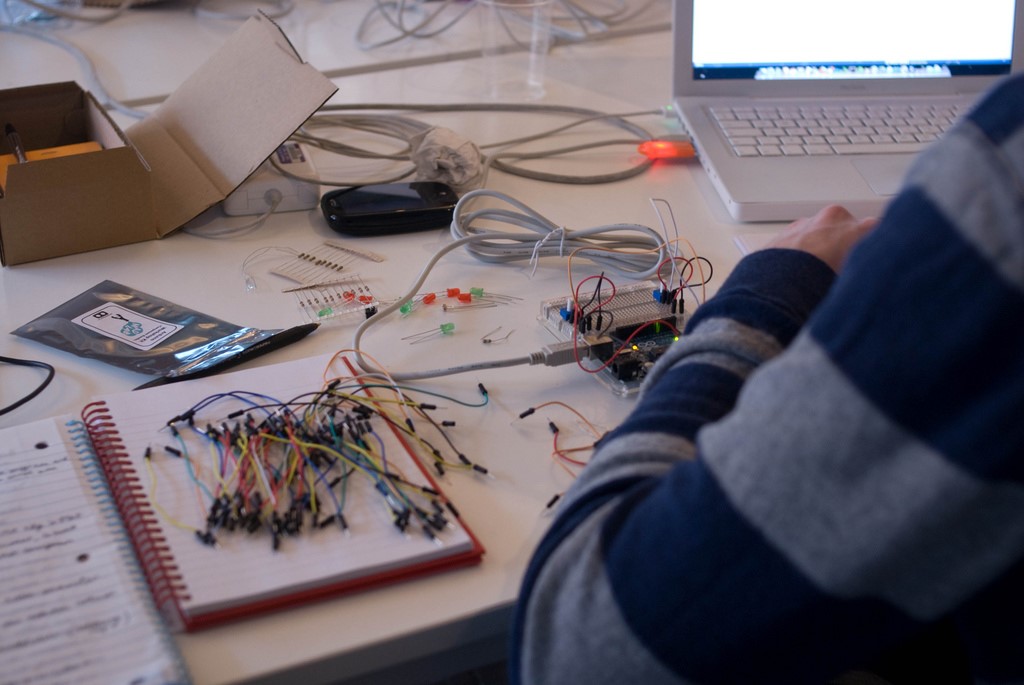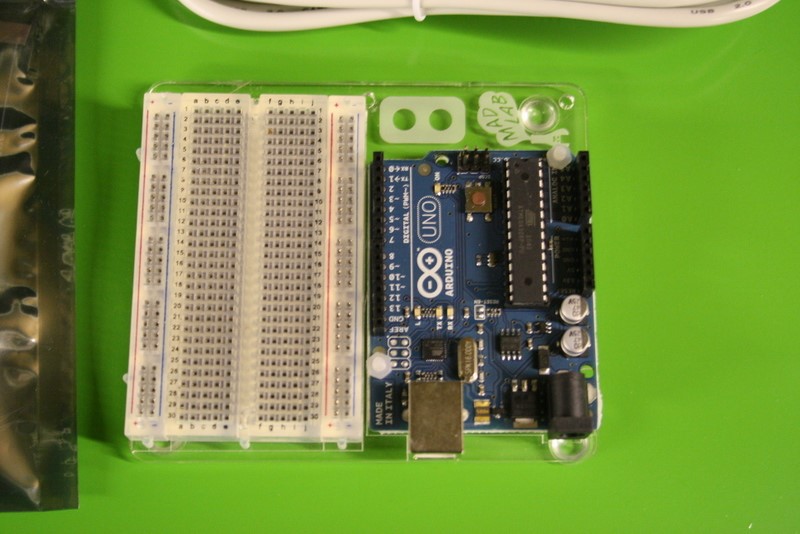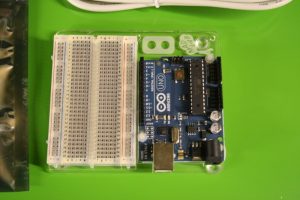Unless you are a hermit living in a cave, electronics are going to have some impact on your life. Your phone and the appliances in your home and your car all rely to some degree or another on electronics. We tend to accept this at face value without actually understanding how it works, so let’s look at the basics.

Image Credit
Circuit boards
If you have ever looked inside a piece of modern electrical equipment, you will have seen that it contains at least one circuit board. These operate using small amounts of electrical energy to control things or to store and process information. In your washing machine, for example, mains electricity powers the motor that controls functions such as turning the drum and running the pump; however, an electronic circuit controls the wash programme, ensuring the motor switches on and off at the correct times.
Many modern electronic circuits are in the business of decoding digital information. In your television, for example, the broadcast signal arrives as a string of numbers and the electronics in the TV set decode this to produce the picture and sound.

Electronic components
Of course, a circuit board in itself does do anything; instead, it is merely a platform to carry a number of electrical control components, usually linked together by a series of printed metal tracks that provide the electrical connectivity between them.
There are five main types of components. You can click here to find out more about them, but let’s take a quick look at what they do:
– Resistors are used to reduce the current or voltage; for example, a volume control will use a resistor.
– Diodes are effectively gates that only open one way. They are used to swap alternating currents to direct currents.
– Capacitors are used to store a small amount of electricity and release it later. They are often used as timing devices.
– Transistors are probably the first thing we think of when electronics are mentioned. They are effectively tiny on/off switches but can also be used to turn smaller currents into larger ones.
– Optical components are things such as the light-emitting diodes (LEDs) used on controls panels or photocells used as sensors for items such as smoke alarms.
More sophisticated devices may use semiconductors, which are basically electronic circuits condensed onto a single chip.




